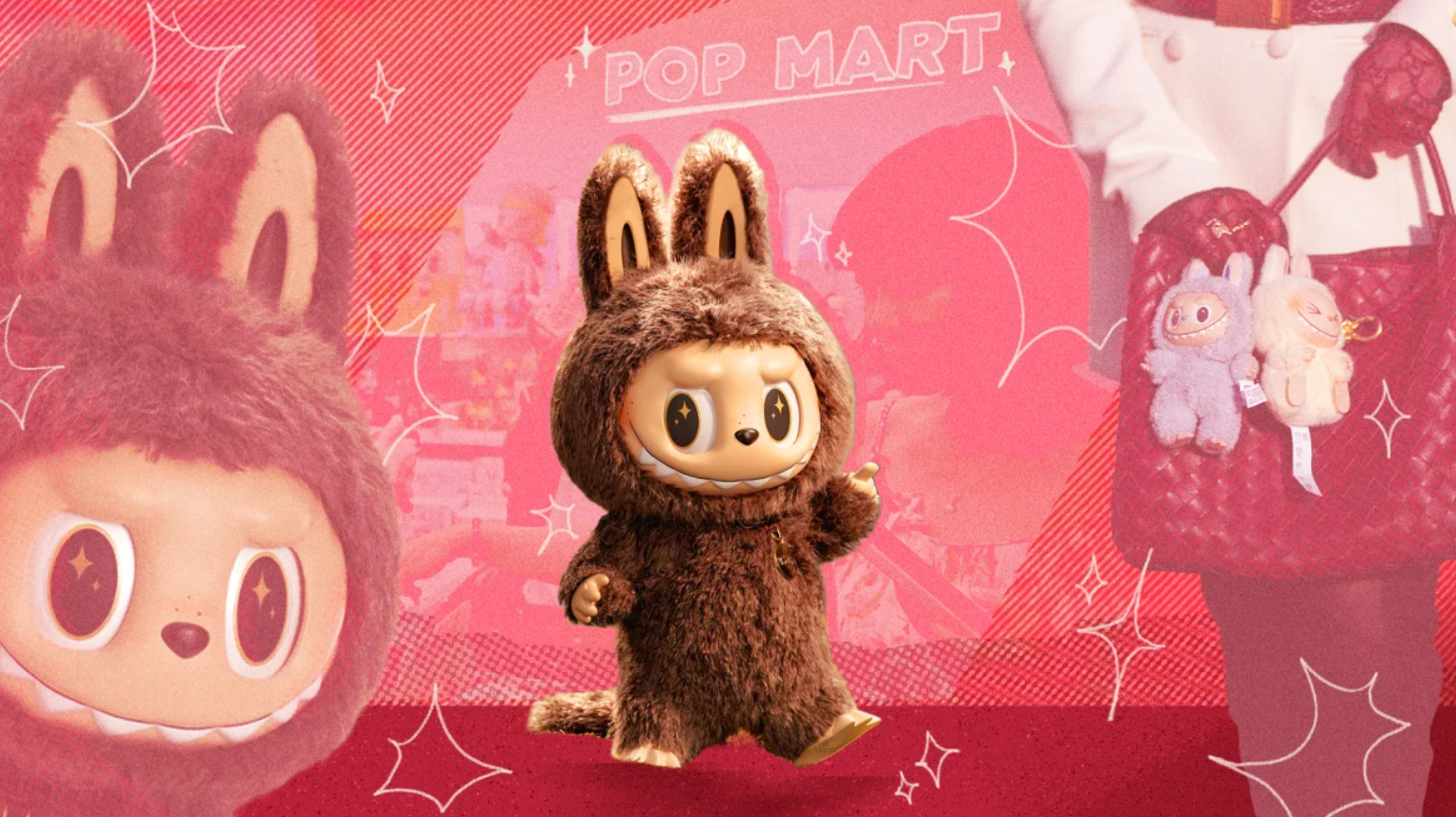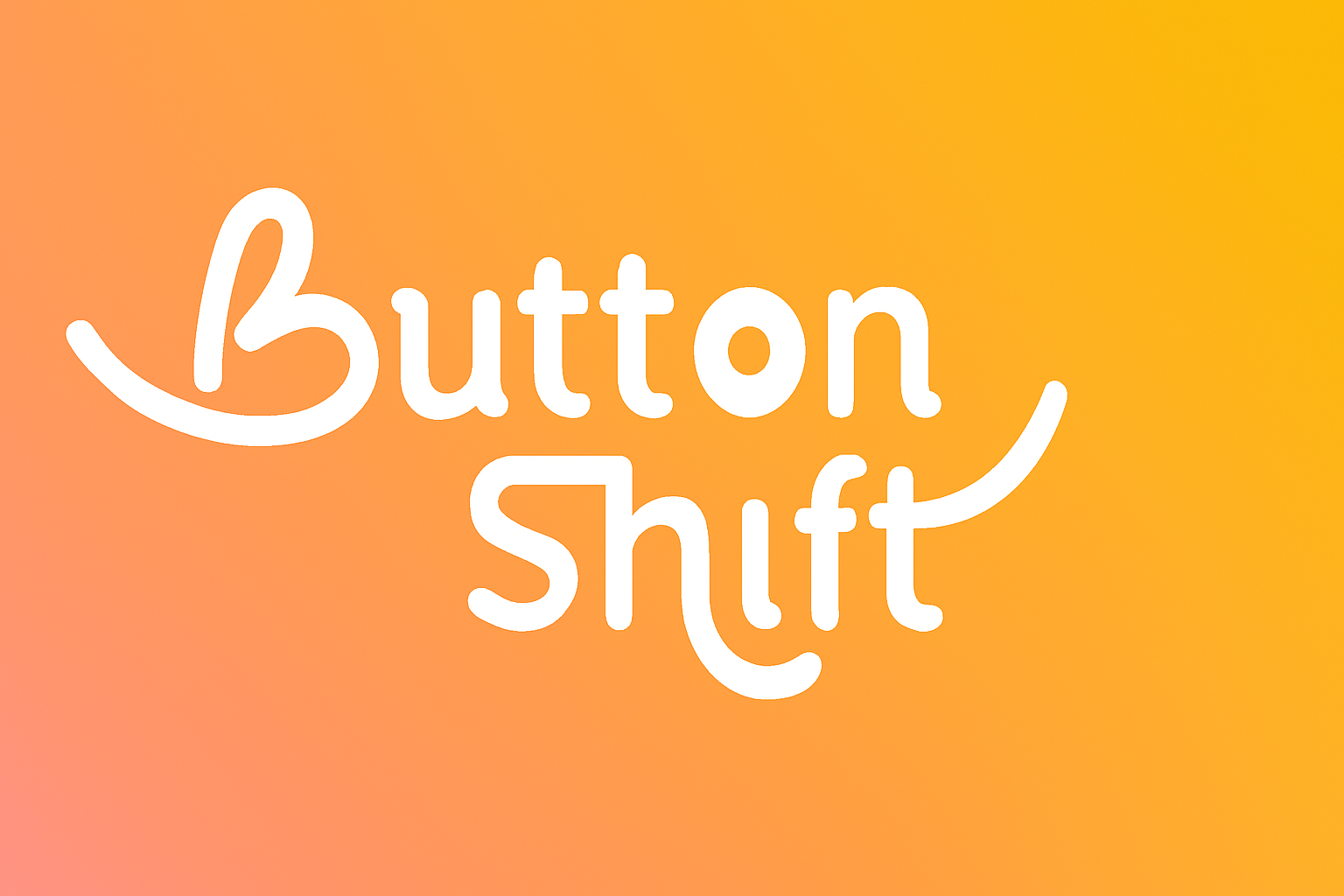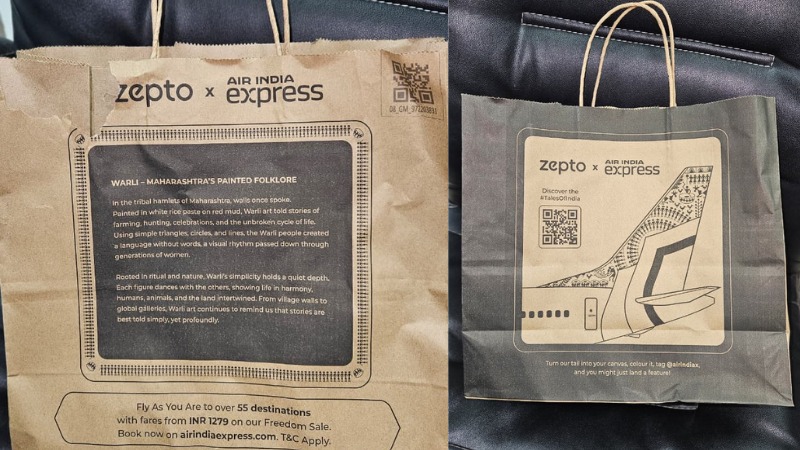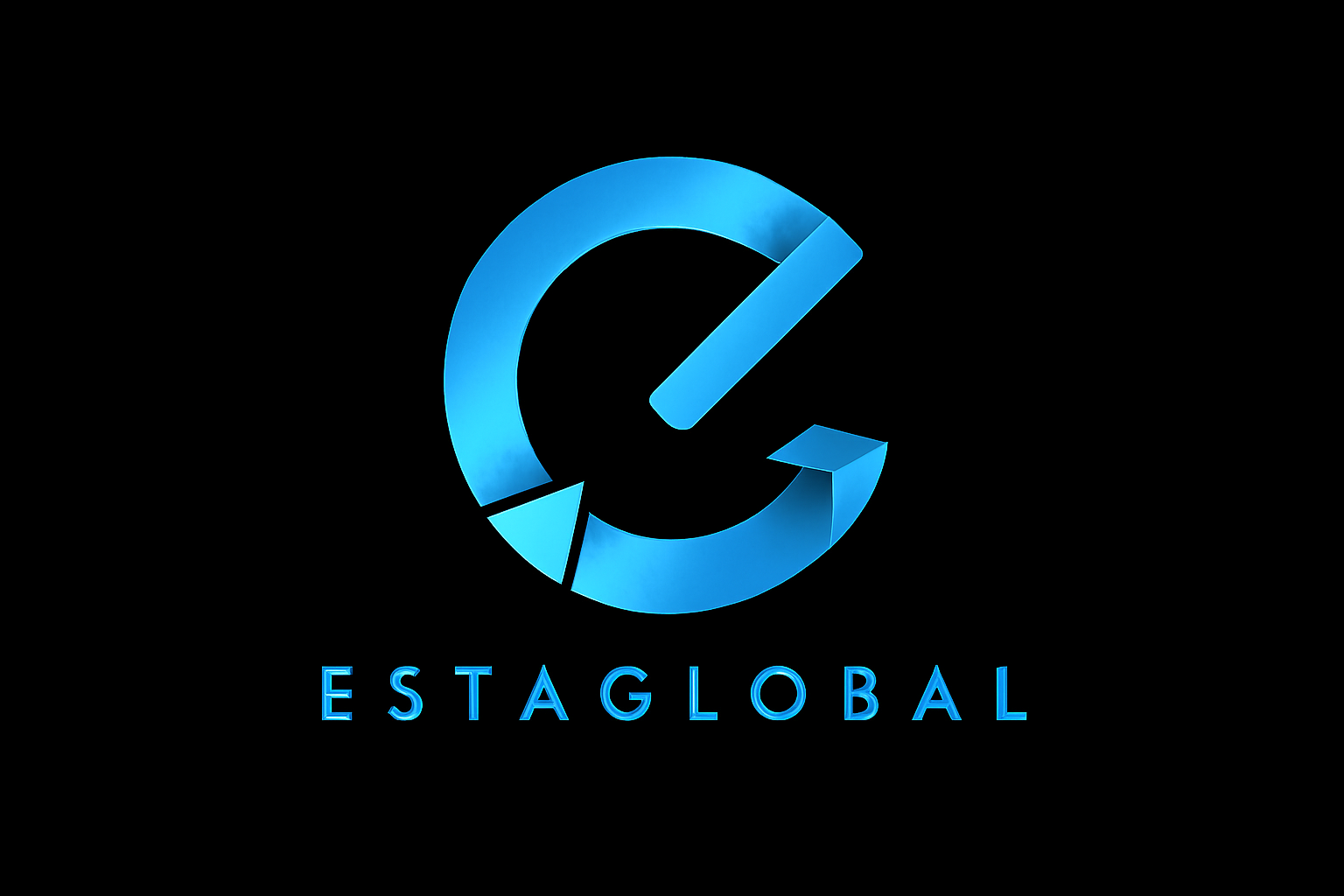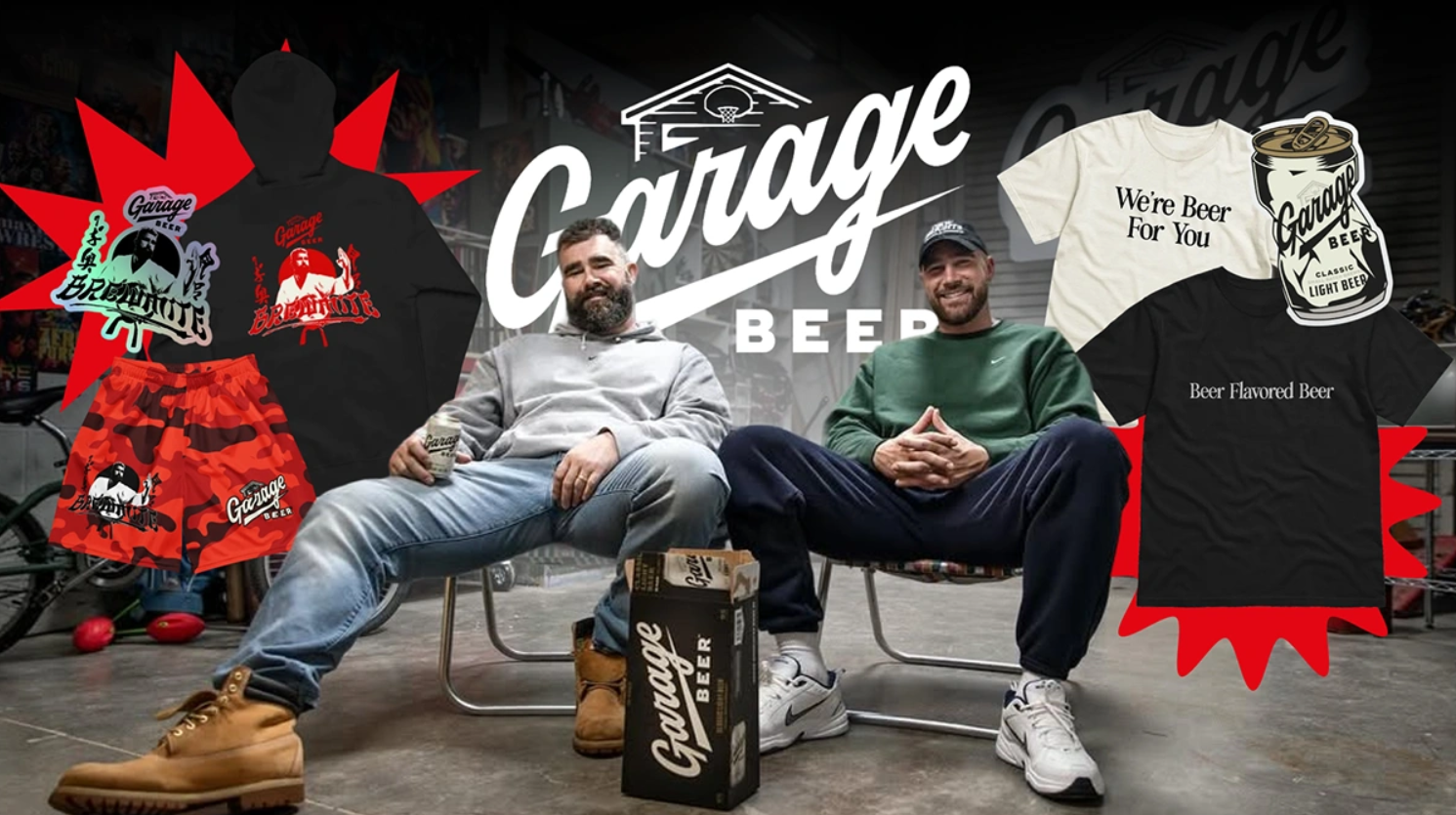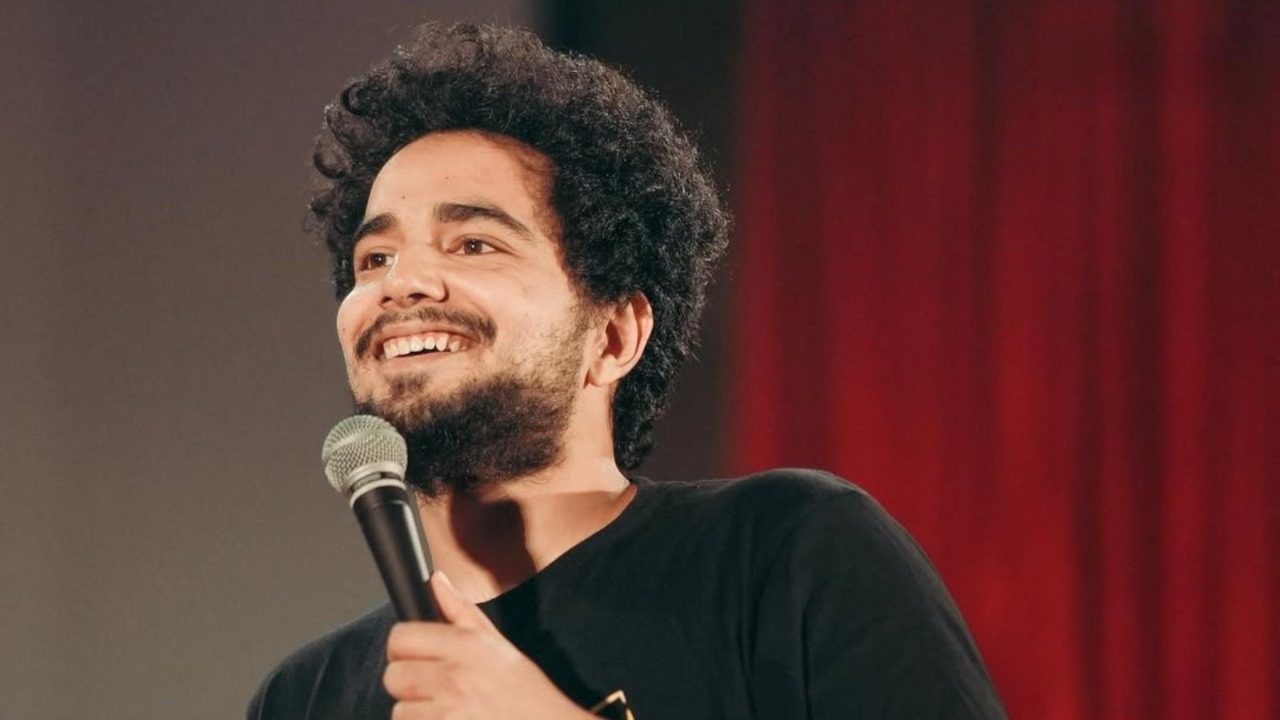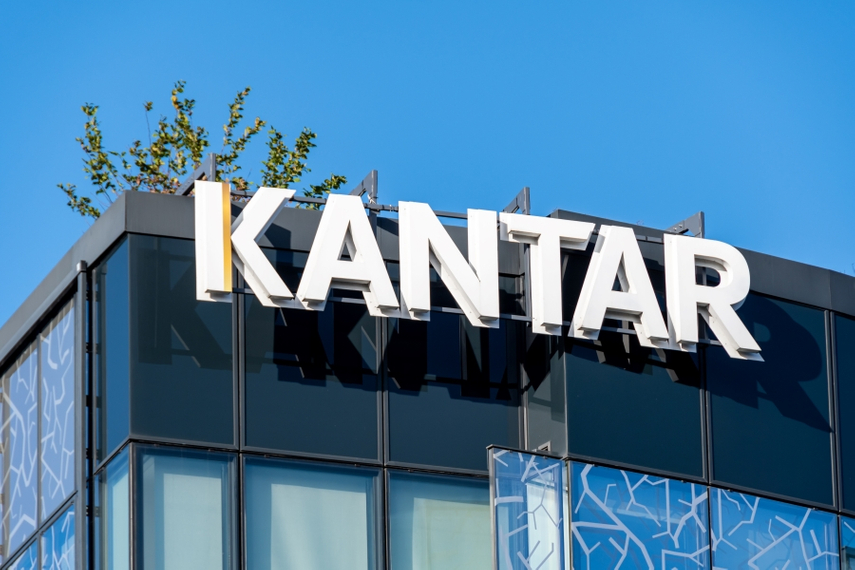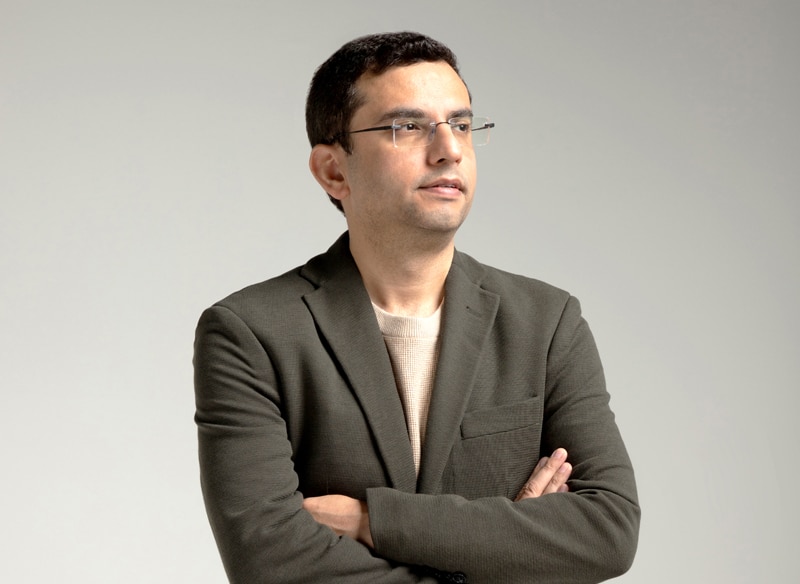The story of hype is as old as trade itself. In 17th century Holland, people staked fortunes on tulips, believing these delicate flowers would secure wealth and status. Prices soared until the bubble burst, leaving many with nothing more than pretty petals. Centuries later, history is repeating itself in a new form. The object of obsession is no longer a flower but a wide-eyed monster toy called Labubu, a collectible sweeping across continents and sparking global fascination.

At its core, hype is not about the product but the psychology it manipulates. It thrives on herd mentality, the need for belonging, and the fear of missing out. What has changed over time is how this hype spreads. Tulip mania traveled through networks of traders. Labubu mania travels through YouTube Shorts, Instagram Reels, and TikTok, where a single unboxing video can ignite desire across millions in hours.
Labubu’s rise was not accidental. Pop Mart, the company behind it, turned simple purchases into addictive experiences with blind box packaging. Buying a Labubu felt like playing the lottery, keeping collectors hooked as they chased rare editions. Community played a crucial role too. Sharing unboxing videos and displaying collections became forms of social currency, making ownership as much about status as about the toy itself.
ADVERTISEMENT
Celebrities amplified the craze. When icons like Rihanna, Dua Lipa, and Lisa were spotted with Labubu-inspired accessories, the toy transformed from niche collectible to global fashion statement. Scarcity drove demand further. Limited editions often sold out instantly, while a six-foot mint green Labubu once fetched nearly 150,000 dollars at an auction in Beijing, fueling a secondary market where prices soared and interest intensified.
The timing of Labubu’s arrival was also perfect. In a world of economic uncertainty, young consumers embraced “little treats”—affordable luxuries that provided joy in the moment. Gen Z had just entered the workforce with disposable income, while Millennials were in their peak earning years. Both generations, fluent in digital culture and driven by online communities, found in Labubu something that combined fun, prestige, and the possibility of profit.

But hype is not a permanent state. History shows that when exposure peaks, enthusiasm fades. Beanie Babies went from billion-dollar sales to near worthlessness. NFTs collapsed after a spectacular boom. Even the most viral sensation can become background noise once the novelty wears off. Brands that master hype are those that balance excitement with lasting value.
Apple does this by creating annual cycles of anticipation around iPhones that deliver genuine innovation. Nike uses gamified sneaker drops that connect to powerful athlete stories. Starbucks sustains interest through rituals like the return of the Pumpkin Spice Latte, which anchors emotional nostalgia rather than fleeting urgency. In India, Cred has gamified paying credit card bills, turning a mundane chore into a rewarding and exclusive experience.
ADVERTISEMENT
Labubu’s story reveals that hype is both art and science. It thrives on timing, psychology, and cultural context, but it must also evolve into something sustainable. The brands that succeed are those that do not just spark attention but nurture long-term trust and emotional resonance. In a hyperconnected world where attention is currency, the true winners are not those who create hype, but those who sustain it long enough to turn moments into movements.
Follow Marketing Moves on Instagram and Facebook for more deep dives into how culture, psychology, and branding shape the world we live in.

